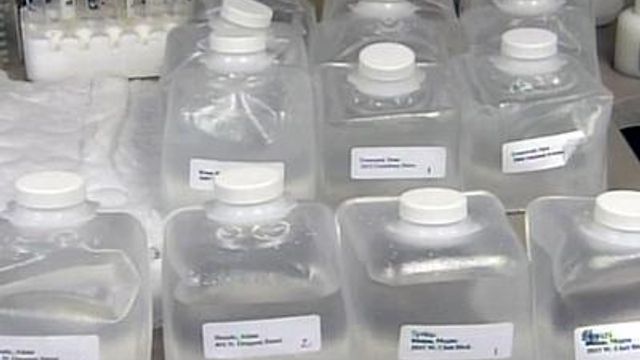DURHAM, N.C. — The city of Durham followed the state’s direction for its lead compliance testing last year and took appropriate steps to protect public health, according to an independent report released Thursday.
But the report, from the Water Resources Research Institute of the University of North Carolina, stated the city should improve its system of notifying customers about water results.
The city has come under intense scrutiny over the past few months for how it handled the city's water problems last year. It offered hundreds of homeowners free water tests after a young boy was diagnosed with lead poisoning.
But, UNC researcher Dr. David Moreau said at Durham's City Council meeting Thursday, that the city should have turned over all the results to the state instead of only the annual required results.
But there was no evidence of any intentional withholding of data.
The report covered the city's Department of Water Management's overall performance, water samples for compliance and the city's notification procedures.
It found that customer notification and tracking regarding test results should be improved with simpler language and more conservative statements of potential risks.
The report said federal rules regarding how and when water is tested are confusing and change frequently. State and federal agencies need to be clearer with each other about what they expect from local governments, the study also found.
The city was cited last month for having excessive levels of lead in its drinking water. Under state regulations, cities that fail to meet water standards are placed on a mandatory six-month water monitoring program.
If the city has two consecutive rounds of tests that reach standards, it can conduct tests annually. If it meets federal standards for two years, it would then be put back on a three-year monitoring program.






